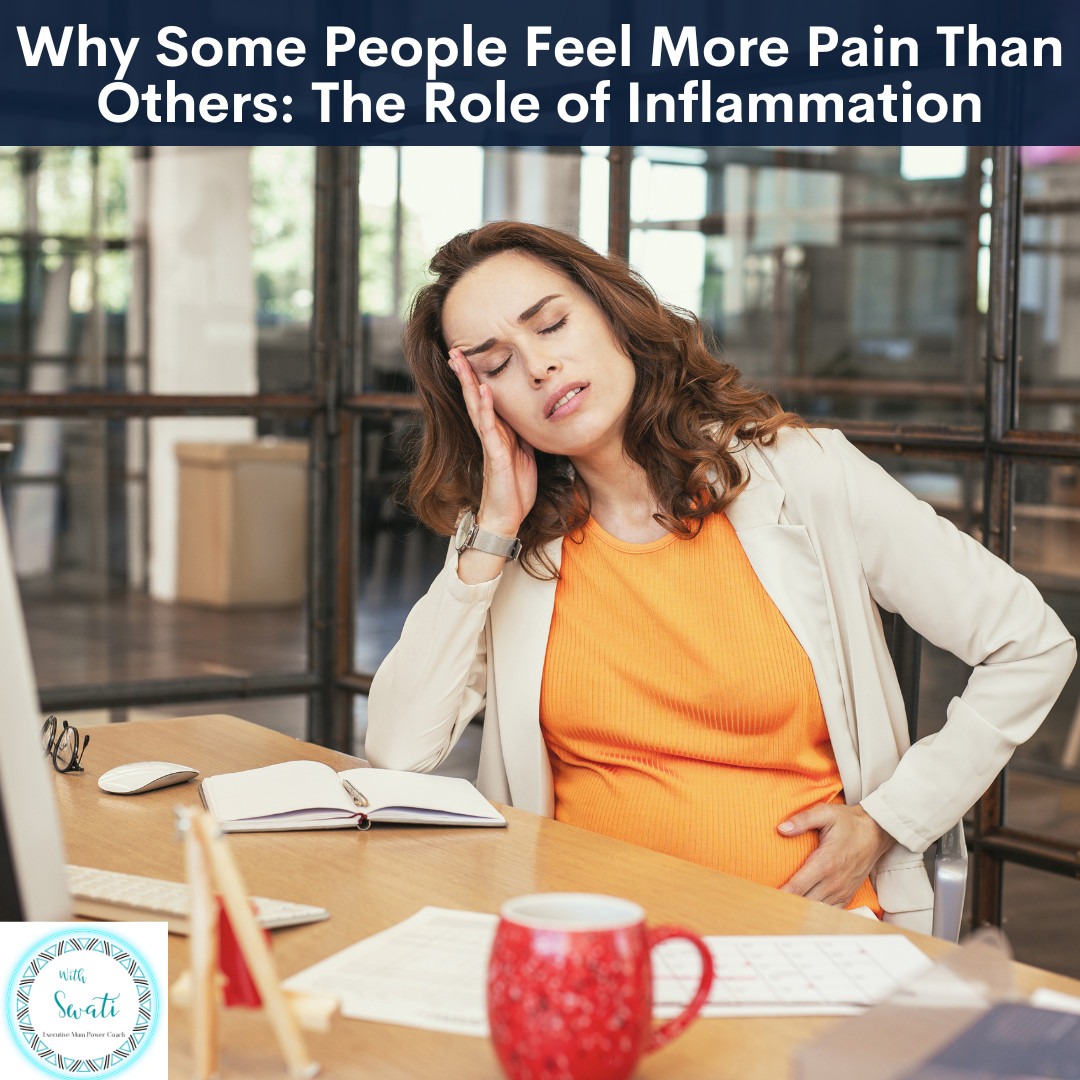
As an executive mom, you may be no stranger to stress, long work hours, and the physical toll of balancing career and family. Some days, you might wake up already feeling stiff, sore, or exhausted, while others seem to breeze through similar challenges without a problem. It’s frustrating but there’s a reason for it. The amount of pain you feel isn’t just about posture, activity, or past injuries, it’s also influenced by inflammation. If you’ve been struggling with unexplained pain, tightness, or fatigue, your body’s inflammatory response may be playing a bigger role than you realise. Lets delve deeper into why some people feel more pain than others and the role of inflammation, in this blog.
Lets begin with what exactly is inflammation and why does it affect pain? Inflammation is your body’s natural defence mechanism against injury, stress, and toxins. In small amounts, it’s helpful but when it lingers too long, it amplifies pain signals and makes everyday movements feel harder.
Here are the signs of chronic inflammation:
- Waking up feeling stiff or achy, even after rest.
- Persistent muscle soreness, even without intense activity.
- Feeling more exhausted or foggy by the end of the day.
- Weight gain or sometimes weight loss.
Now lets explore the hidden connection between stress and inflammation. As a high-performing professional and mom, your body is often in “go mode”, running on stress and adrenaline. But high stress keeps your nervous system in a heightened state, leading to higher inflammation and increased pain sensitivity.
What This Means:
- The more stress and tension your body holds, the more inflammation builds up.
- High cortisol levels make muscles tense and tight and more reactive to pain.
- Without proper recovery, your body stays inflamed, even after a full night’s sleep.
Small lifestyle adjustments can lower inflammation and pain and make you feel better without drastic changes. Simple shifts in movement, stress management, and daily habits can help calm your body’s pain response.
Try This:
- Breathe with intention: Slow, deep breaths can help regulate stress and lower inflammation.
- Move smarter, not harder: Gentle mobility exercises reduce tension without overloading inflamed joints.
- Take mini-breaks throughout the day: Short posture resets can prevent stiffness from building up.
Here is a video on 'Busy Moms: 3 Simple, Effective Ways to Lower Inflammation & Feel Better'
The next important step is to understand your body’s pain triggers. If you’ve been feeling more pain than seems normal, it’s not just in your head. It’s your body signalling that inflammation needs to be addressed.
Want a step-by-step system to reduce inflammation, reduce tension, and move in ways that support pain relief - all without extra stress? The 11 day jumpstart is a free program that helps to manage inflammation in the body, including the spine. Many of the people have reduced their joint and spine inflammation with the jumpstart (you can see the testimonials HERE). Though it works on reducing inflammation on every part of the body, I have customised it for people with spinal (back & neck) and nerve pain by including simple yet effective exercises for spinal (back & neck) and joint pain and easy tips to achieve & maintain a good posture. It is a free program and you can find the details HERE.
If you like this blog and want to be notified about new blogs as soon as they are published, subscribe to my mailing list below.
I would love to see you around the internet! For other places you can explore more about me: https://withswati.com/page/link
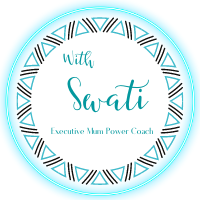

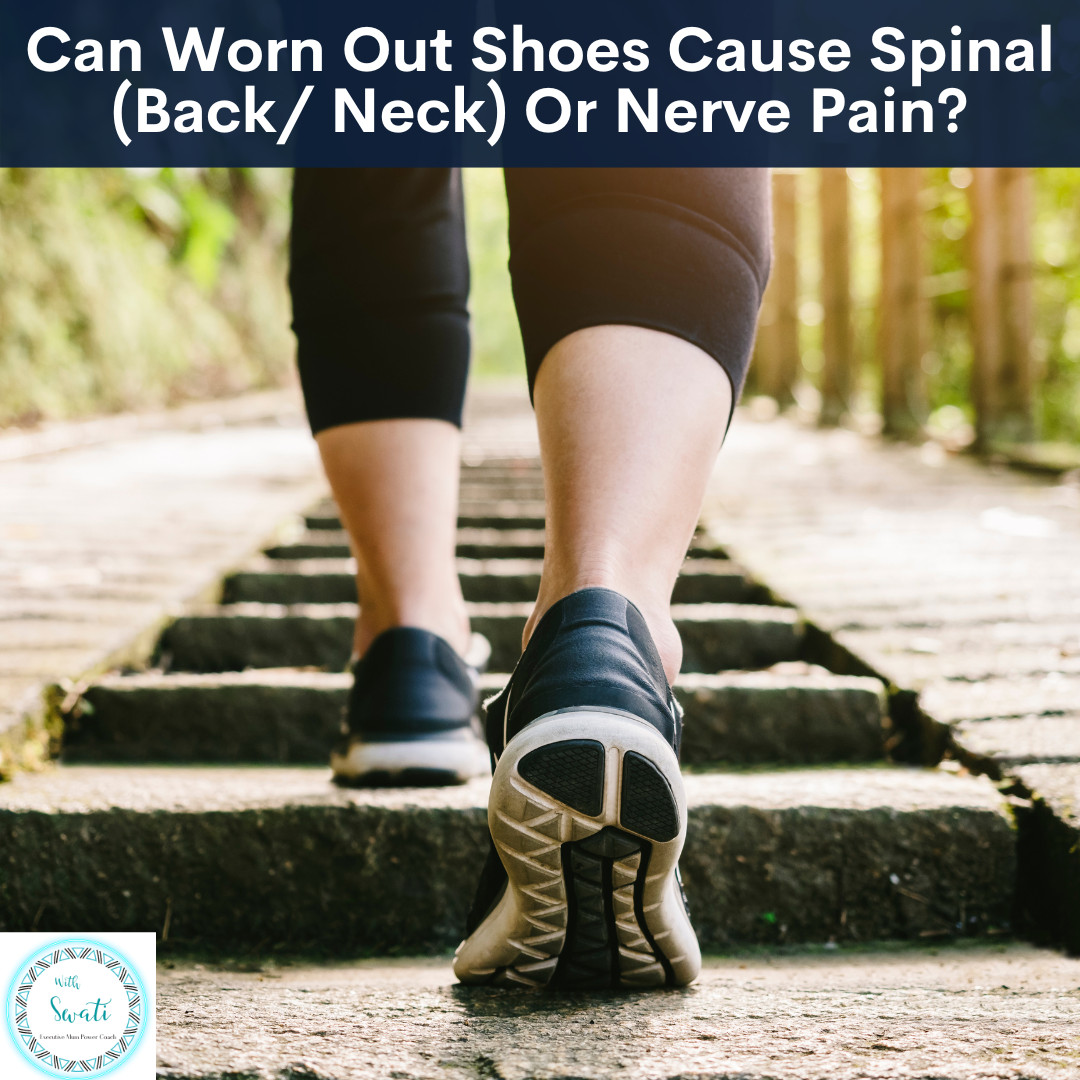

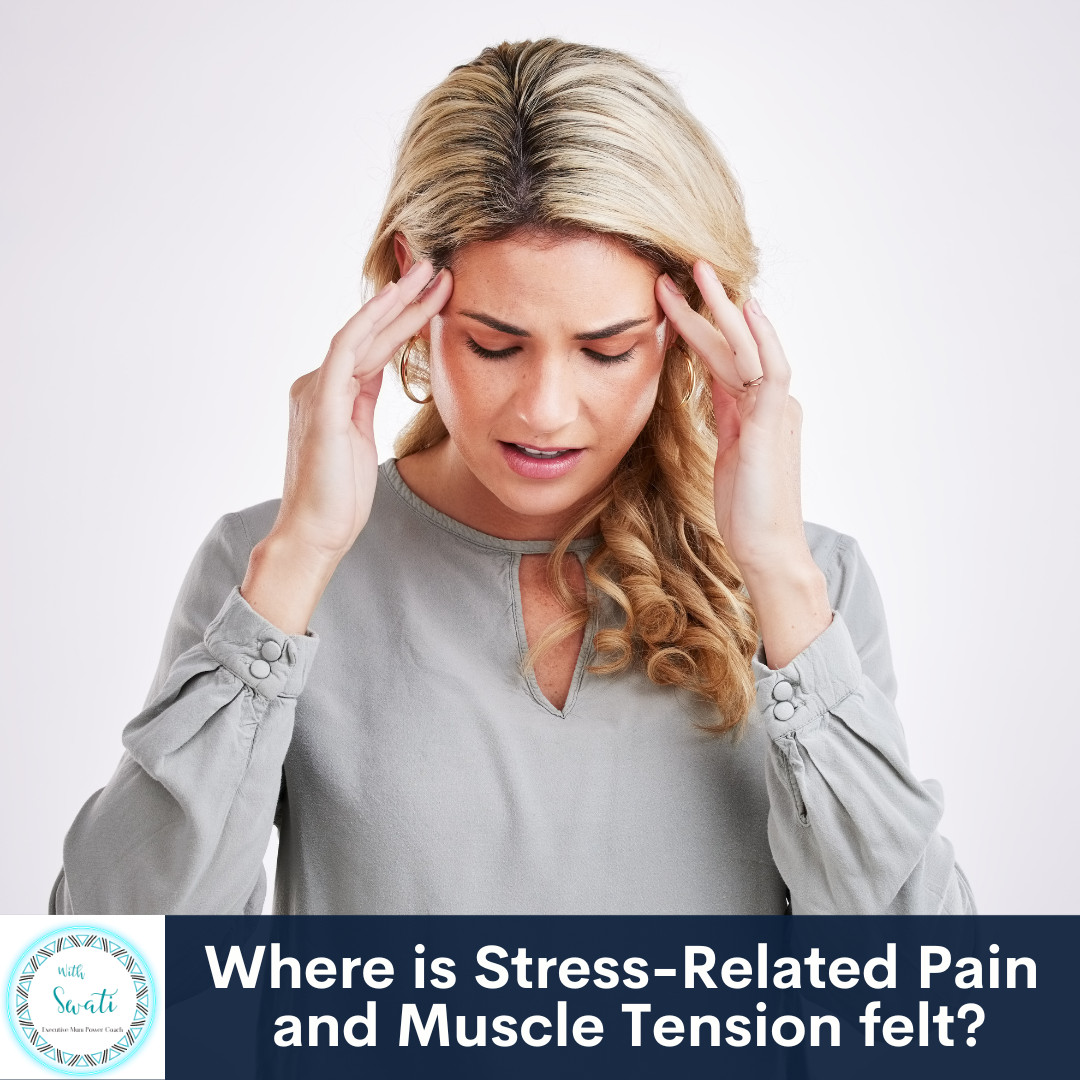

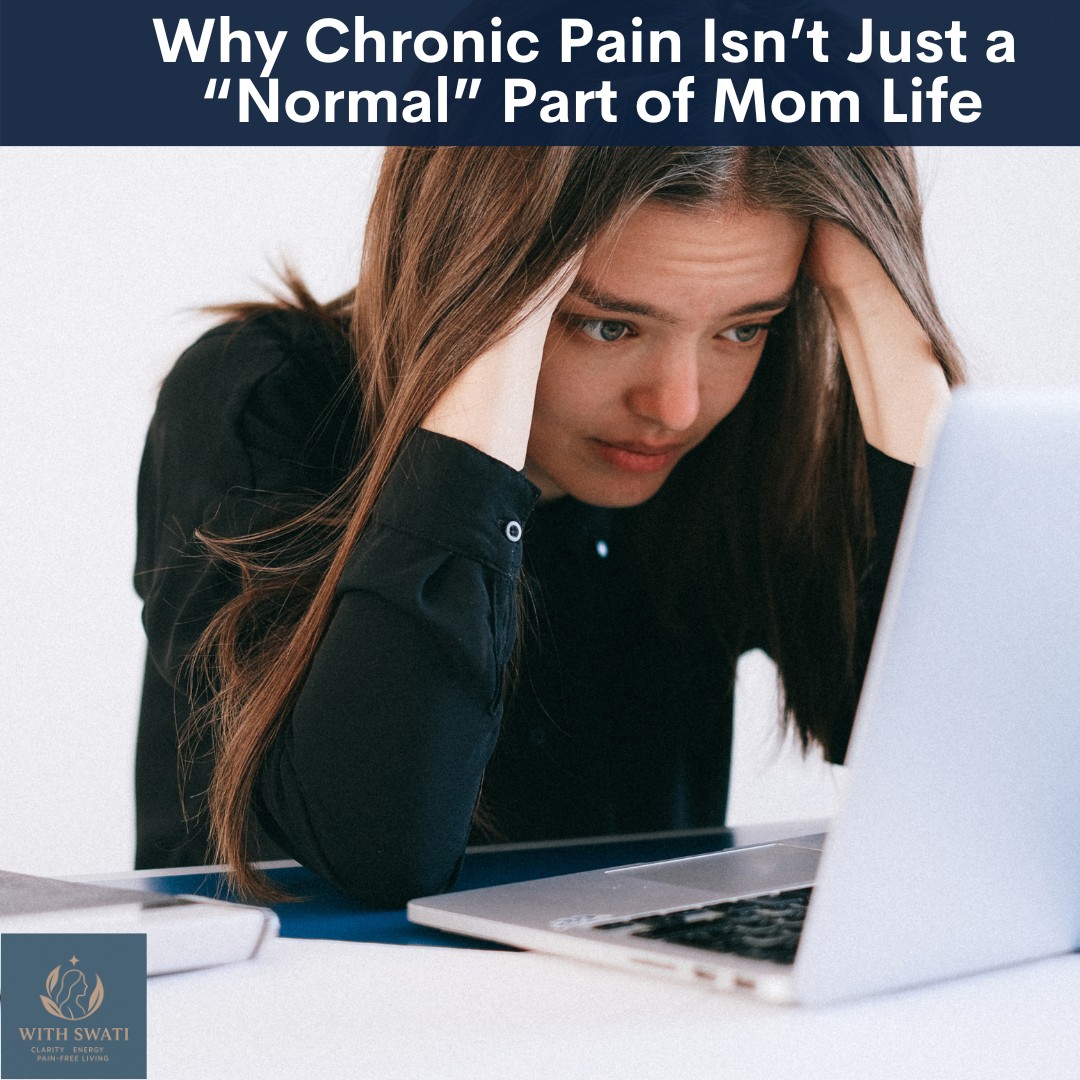





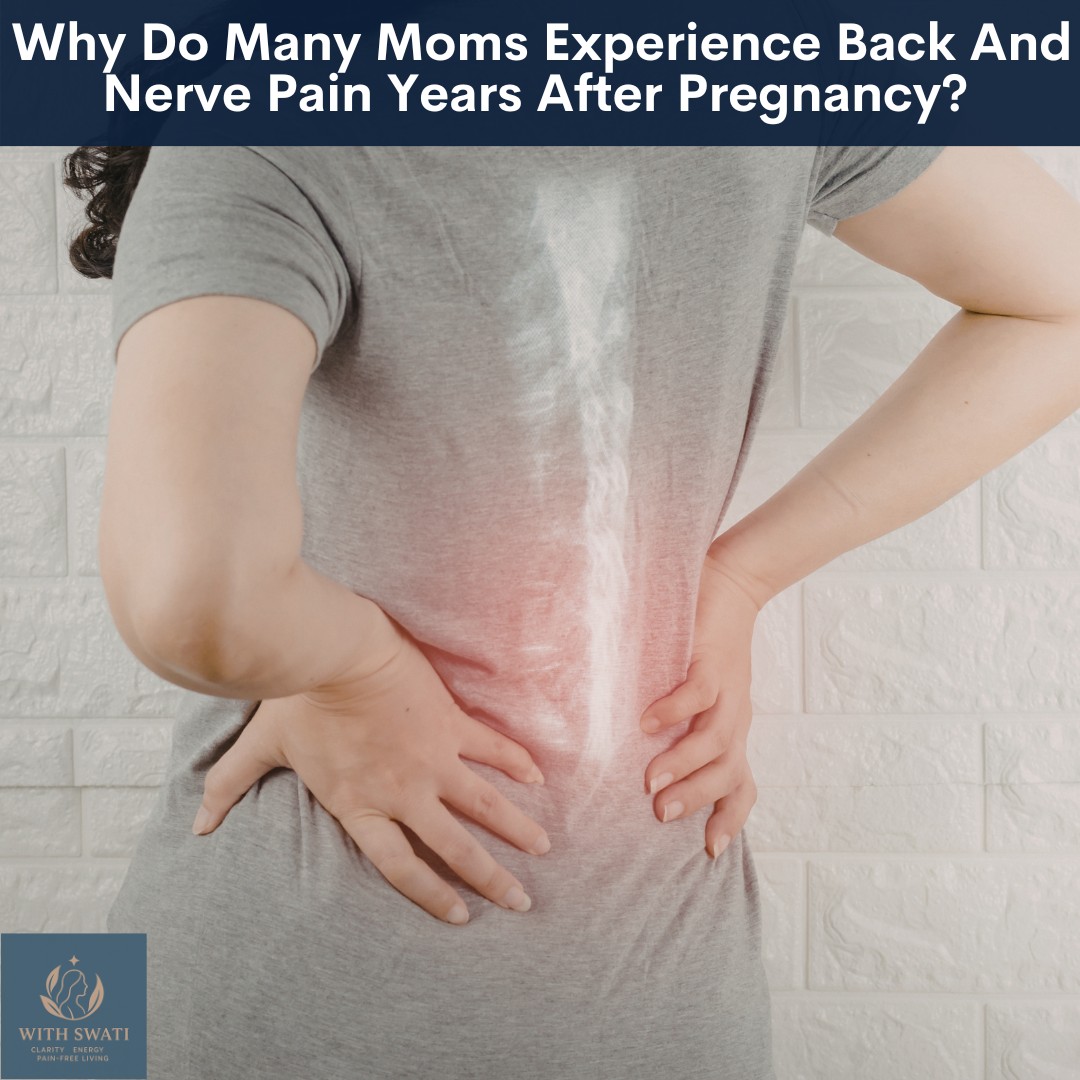



0 Comments